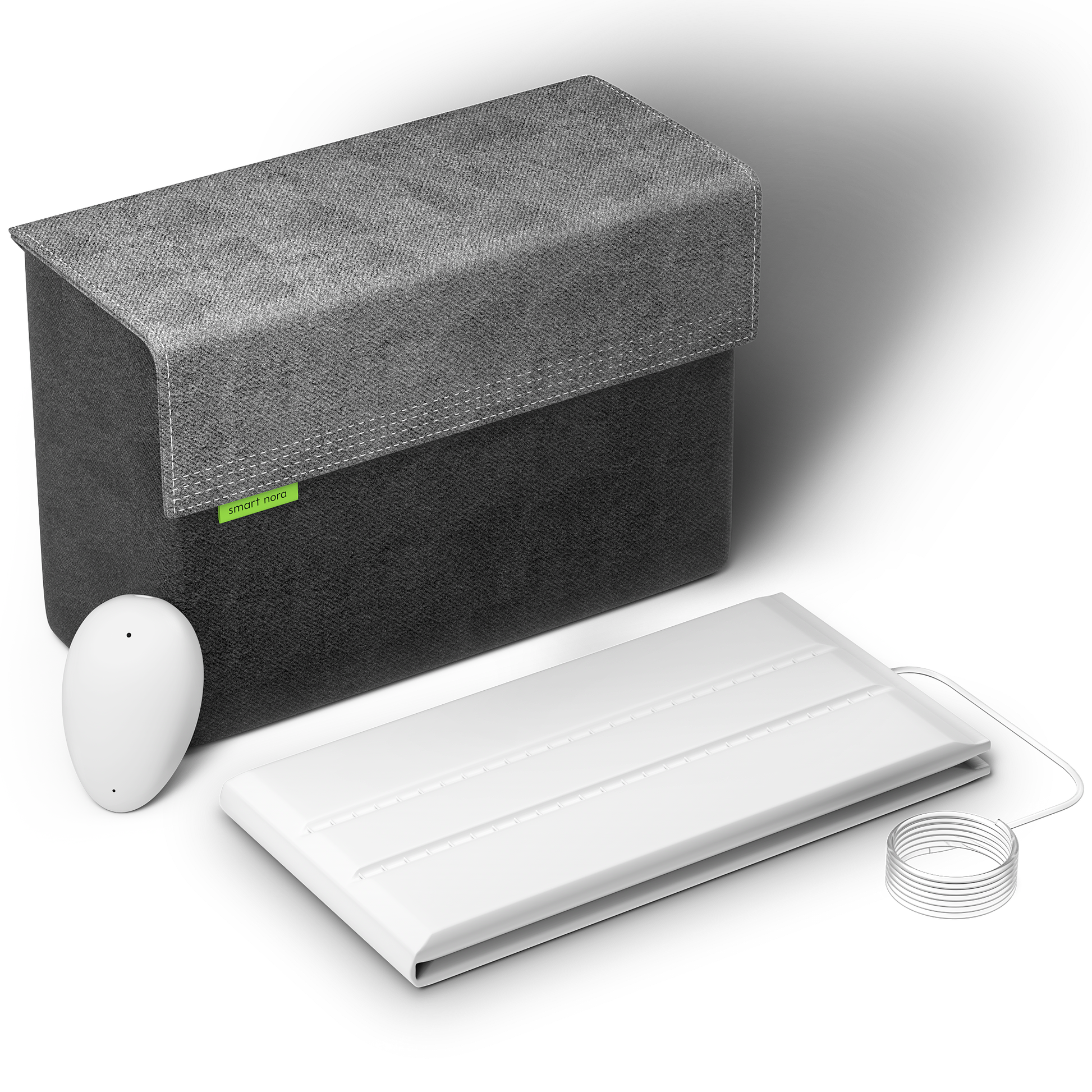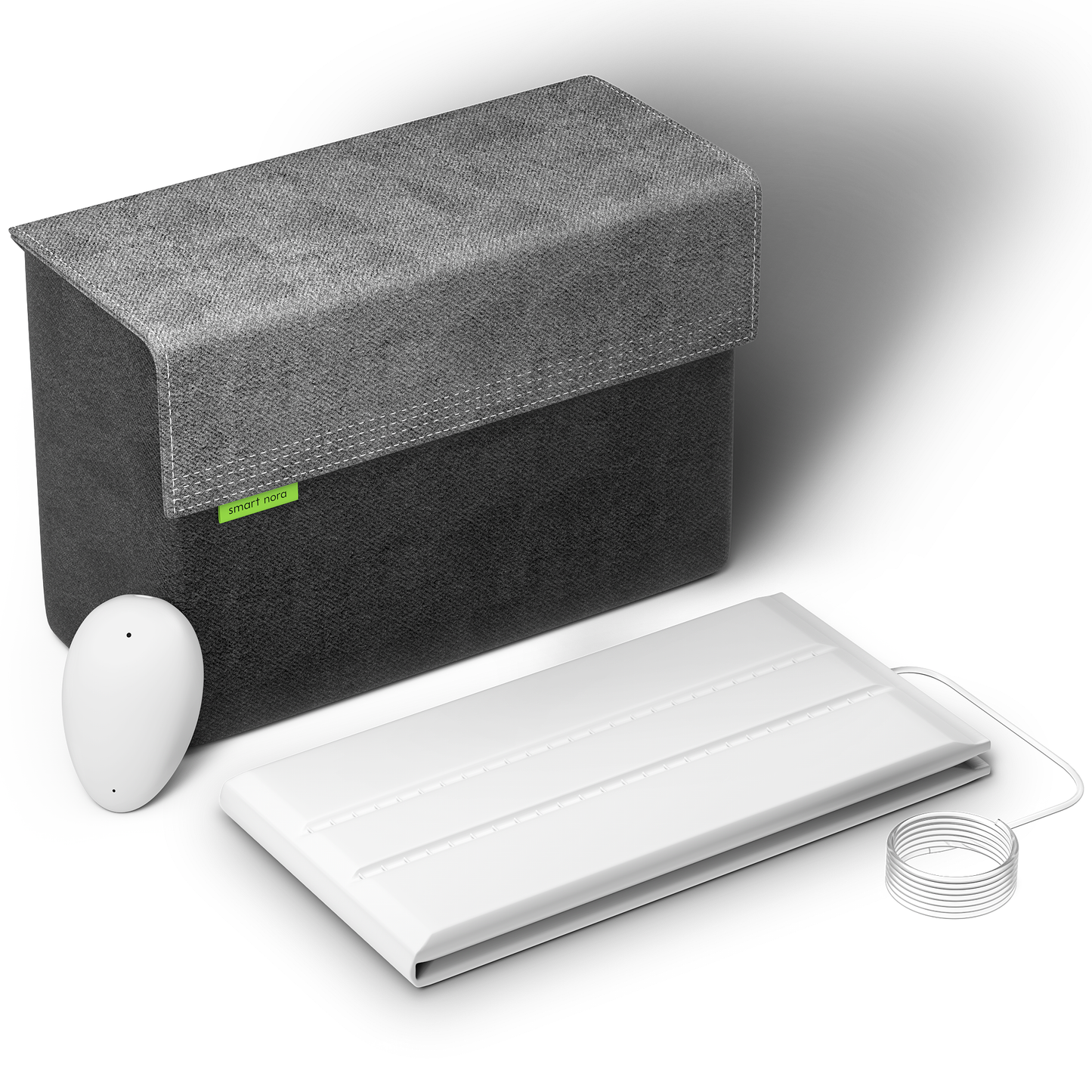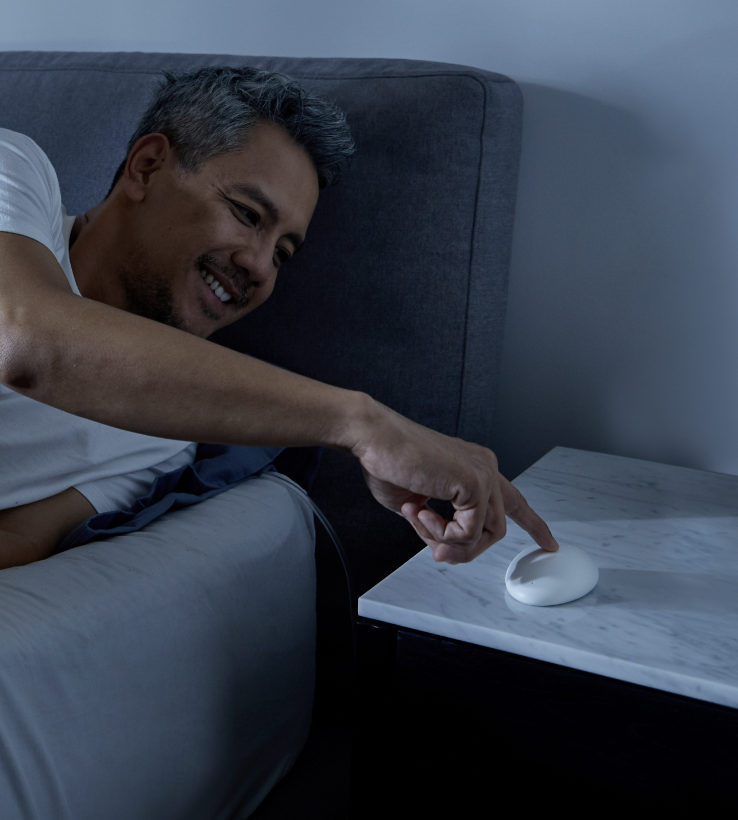In the late 1700s, Jean Jacques d’Ortuous de Marian (what a lofty name!) noticed that the plants in his home opened and closed their leaves along with the cycle of day and night, light and dark, and that the leaves always opened toward the sun. Curiosity got the best of him and he experimented by placing the plants in constant darkness to observe if their daily light-based movement would continue—and they did. This was the first discovery that indicated living creatures (and plants) may have an internal clock which guides their daily rhythms. Subsequent studies showed these innate rhythms in a myriad of plants and animals, and though the term “circadian rhythm” wasn’t coined until 1959 (by scientist Franz Halberg), today it is common knowledge that an internal clock guides all of us in cycles of light and dark, wakefulness and sleep, daytime and bedtime. What exactly is circadian rhythm and why is it important?
Understanding Circadian Rhythm
Our biological clock’s cycle is in a feedback loop. Genes become activated which trigger the production of specific proteins. When the protein levels build up to a certain threshold (throughout the day), the genes are switched off. Voilà! These proteins then degrade (over time, usually while you sleep), to the point where those genes then switch back on and the cycle begins anew. This takes about 24 hours. It’s a relatively simple concept (similar to melatonin production), following our natural 24-hour day cycles. The term “circadian” comes from the latin circa, meaning “about” and diem, meaning “a day.”
If you’re confused about how circadian rhythm functions within the body, don’t worry—we only officially located the circadian rhythm gene recently, in a study that won the 2017 Nobel Prize in Physiology or Medicine. The subject is still something of current study! But we understand quite a lot about how it works, so let’s break things down a little bit.
Circadian Rhythm Broken Down
A rhythm is a strong, regular, repeated pattern. For a rhythm to be considered circadian, it must meet three criteria:
- Circadian rhythms have a free-running period that lasts about 24 hours, whether in constant darkness, constant light, or a mixture of both (like the plants in Jean Jaques’ experiment).
- Circadian rhythms must be entrainable, which means that it can be reset by exposure to external stimuli, such as light and heat (think about when you experience jet lag and the subsequent adjustment to a new time zone).
- Circadian rhythms are not affected by temperature. If physiological temperature changes, the circadian clock must keep humming along (think about the difference in thermal energy of a human versus a reptile).
These three necessary criteria define circadian rhythm, the ability of your body (all of our bodies) to know what time to wake up, what time to go to sleep, and how much sleep you should be getting in the first place. In a regular 24-hour period, we wake up roughly with the sun and go to sleep roughly when it sets. Aside from the presence of abnormalities, this is true for almost every animal and plant on earth! The evolution of life on this planet has been guided in part by the cycle of the sun rising and setting.
When Circadian Rhythm is Thrown Off
Your body’s internal clock is important. It governs your sleep-wake cycle and plays a part in everything from regulating body temperature to hormone release. Without our circadian rhythm, our bodies wouldn’t know when it’s time to eat, rebuild/repair, rest, etc. When your circadian rhythm is disrupted, there are several unfortunate things that happen.
Immediate Repercussions—right off the bat, a disruption to your internal clock will cause your sleep-wake cycle to get out of whack, leaving you tired throughout the day and unable to sleep well at night. Excessive daytime sleepiness may be a silly term, but it’s nothing to scoff at – sleepiness leads to worse reaction time, lowered cognitive ability, and a weakened ability to make, store, and process memories. The other immediate repercussion of disrupting your circadian rhythm is that your digestive system and metabolism will be compromised from its normal state.
Long-term Repercussions—If left unchecked, you can run the risk of cardiovascular difficulties, obesity, and possible neurological problems. Unless you suffer from circadian rhythm disorder, a sleep disorder, or travel frequently and sleep so inconsistently that you struggle with resetting your internal clock, it’s likely that getting adjusted to a regular sleep schedule will help you normalize and balance out.
How Do You Throw Off Something This Important?
What causes issues with circadian rhythm? The biggest culprits are:
– Changes in time zones that disrupt your accustomed day/night structure.

– Electronic devices emitting blue light, which confuses your brain into producing (or not producing) melatonin at the incorrect time.
– If you suffer from insomnia or other sleep-related disorders, your body’s natural sleep/wake cycle can become disrupted.
– Circadian Rhythm Disorder, in which your body is desynchronized from internal sleep-wake rhythms and the light-dark cycle, causes your internal clock to function incorrectly.
– Non-standard shift work that requires frequently intermingling day and night shifts, depending on the magnitude and how much the shift length changes.
– Snoring can throw your (or your partner’s) rhythm off. Many snorers wake up periodically throughout the night, and whether you’re getting up to read until you’re sleepy again or not, your brain doesn’t always differentiate the reason you’re awake. But there is a simple solution to resolving it.
Tips for Getting Back on Track
There are a number of things you can do to help reset your internal clock—and keep it that way! The biggest adjustment to consider is consistency. If you’re in a workplace environment that does not allow for consistency in your sleep schedule, it can be very difficult to reverse circadian rhythm problems. Here are a few things you can do to create consistency for your internal clock:
Enhanced Environmental Cues—create a space where you can get plenty of bright light exposure throughout the day. In the evening, switch to low light. Turn off the TV and try reading, drawing, or some other non-electronic activity an hour before bed so you don’t get inundated with blue light exposure. Enhance your bedroom’s aesthetic for sleep!
Avoid Napping—if you’re tired throughout the day, push through to the evening! Maybe drink something with low caffeine to help you get through the noon-to-three o’clock slump instead of a nap. Being able to fall asleep at a consistent time is very important to getting back on track.

No Bedtime Meals—avoid large (and especially greasy) meals before bedtime. Your metabolism will boost (instead of slowing down), making it harder to fall asleep easily.
The Sleep-Wake Cycle Never Ends
Your body’s natural rhythm is one predestined by your genes, and the very fact that we are born on Earth (who knows what will happen to space pioneers of the 21st century!) where a 24-hour light cycle governed our evolution. Circadian rhythm at its core is pretty simple to understand—during the day we’re awake and at night we go to sleep—but it can be easy to throw off its delicate balance. Understanding what affects your cycles can help you to keep them in check, and making sure that you get the proper amount of sleep can help you stay focused, alert, and able to enjoy each and every day to the fullest.














